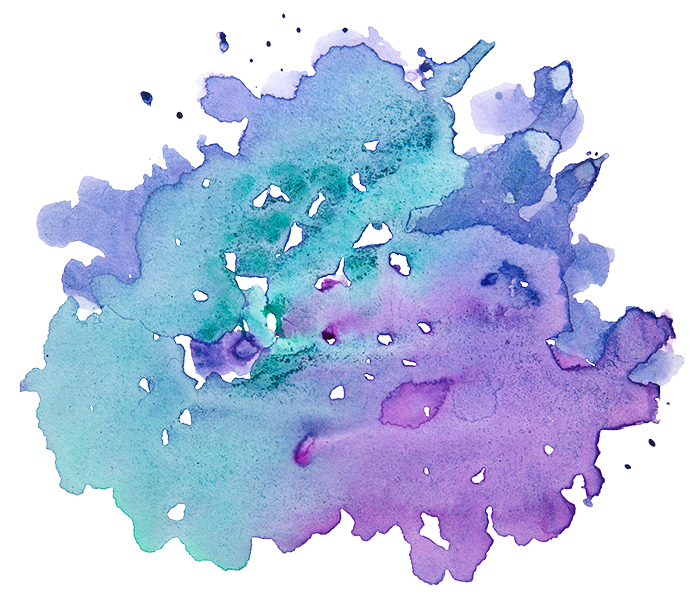by Rachel Hillman
 Hineni, I said aloud. Here I am, marking today as a transition point from one part of my life to another. I removed my nail polish, which covered the discoloration due to chemotherapy on my once-beautiful (and soon-to-be-beautiful-again) nail beds. I appreciated my body as I undressed, remembering that even with my new scars and radiation tattoos, I am still created in God’s image. I showered, washing the hair that had begun to regrow on my body. I cleaned my ears, brushed my teeth, and gave thanks to my body’s ability to carry me to where I stood that day, after having endured so much and been so broken.
Hineni, I said aloud. Here I am, marking today as a transition point from one part of my life to another. I removed my nail polish, which covered the discoloration due to chemotherapy on my once-beautiful (and soon-to-be-beautiful-again) nail beds. I appreciated my body as I undressed, remembering that even with my new scars and radiation tattoos, I am still created in God’s image. I showered, washing the hair that had begun to regrow on my body. I cleaned my ears, brushed my teeth, and gave thanks to my body’s ability to carry me to where I stood that day, after having endured so much and been so broken.
My breast cancer diagnosis came at the end of January, two months after I turned twenty-eight. After learning about my treatment plan, I discovered that, if my timeline stayed on track, I would finish treatment come September, just in time for Rosh Hashanah, the Jewish New Year. In the dead of winter, it seemed it would take forever to reach that milestone of completion. In reality, it was a blur.
At some point during my treatment, I knew I wanted to commemorate my transition from cancer patient to cancer survivor by visiting the mikveh. After months of focusing on my physical health, it was important to take care of my emotional and spiritual health as well. Having cancer, especially at such a young age, made me feel alone and scared, and I wanted to feel empowered and renewed come the end of treatment. I made an appointment at Adas Israel Congregation’s Community Mikvah in Washington, DC, where I live, to immerse the day after my last round of radiation. It was my first day no longer being a cancer patient.
 Seven months passed from my date of diagnosis to the completion of treatment, and when I read through Mayyim Hayyim’s Seven Kavanot and saw the seven steps into the mikveh, I felt a spiritual connection because the number seven was already on my mind. Preparing for my immersion allowed me the time and space to reflect upon seven stages of my experience with cancer: the fear from the initial diagnosis, the decisions to make about my future, the hours of chemotherapy, the emotional and physical exhaustion, the strength of my body and spirit, the support of my family and friends, and the scars that now mark me physically and emotionally. Even though my visit to the mikveh was not for a traditionally commanded reason, the language in the Seven Kavanot spoke to me as though it were written just for me and for what brought me there that day. For seven months I felt physically weak and emotionally drained, and that day, the Seven Kavanot guided me toward a feeling of strength and acceptance of what I endured.
Seven months passed from my date of diagnosis to the completion of treatment, and when I read through Mayyim Hayyim’s Seven Kavanot and saw the seven steps into the mikveh, I felt a spiritual connection because the number seven was already on my mind. Preparing for my immersion allowed me the time and space to reflect upon seven stages of my experience with cancer: the fear from the initial diagnosis, the decisions to make about my future, the hours of chemotherapy, the emotional and physical exhaustion, the strength of my body and spirit, the support of my family and friends, and the scars that now mark me physically and emotionally. Even though my visit to the mikveh was not for a traditionally commanded reason, the language in the Seven Kavanot spoke to me as though it were written just for me and for what brought me there that day. For seven months I felt physically weak and emotionally drained, and that day, the Seven Kavanot guided me toward a feeling of strength and acceptance of what I endured.
For my immersion, I used a ceremony for healing, created by Mayyim Hayyim, that read, in part: “Compassionate God, Healer of my body, Healer of my soul, heal me. Strengthen my ailing body, soothe my aching heart, mend my shattered existence. Make me whole.” I felt the pain of the past seven months wash away in the water. I felt the appreciation for my body’s strength rush over me as I immersed fully. I felt myself becoming whole again.
Rachel Hillman lives in Washington, DC and works for BBYO, the leading Jewish pluralistic youth movement. Rachel earned her B.A. in Near Eastern and Judaic Studies as well as History from Brandeis University, and holds an M.B.A from Indiana University and a Master’s in Jewish Education from Hebrew College. In her spare time, Rachel enjoys traveling, reading voraciously, spending time with her friends and family, and being obsessed with Tina Fey.
Mayyim Hayyim created a powerful Jewish healing guide for women with cancer, called, “Blessings for the Journey.” For more information, click here.

